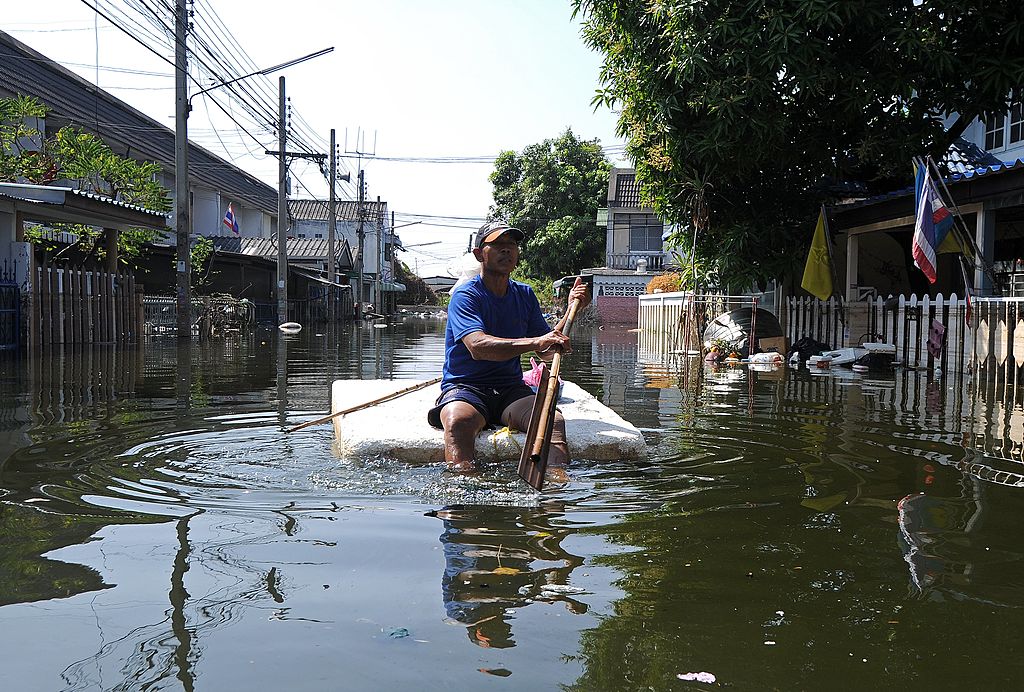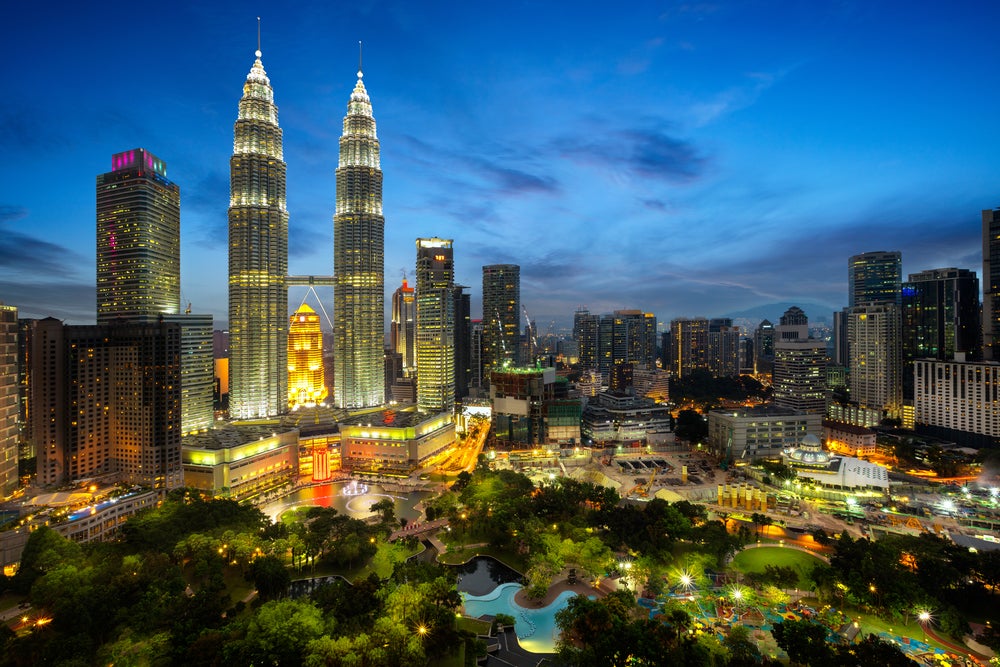
The US, China and India were all within the top five host economies of foreign direct investment (FDI) in 2020, according to the UN Conference on Trade and Development, but those countries also featured in the top five most affected by natural disasters in 2020 as measured by economic losses, according to EM-DAT, the international disasters database.
While this might suggest that foreign investors do not put much weight on a country’s natural disasters risk profile, research into the relationship between a country’s exposure to natural disasters and FDI flows shows varied results. Some point out that a high risk of natural disaster does not seem to affect a country’s attractiveness to investors, while others say that, on the contrary, natural disaster events do negatively affect a country’s ability to attract FDI. This only serves to highlight the complexities of the relationship between FDI and natural disasters.
Differing analyses aside, the importance given to the relationship between natural disasters and FDI is being taken more seriously by investors after the disruptions to supply chains caused by Covid-19, according to Dr Thomas Neise, post-doctoral researcher at Osnabrück University and co-author of the paper ‘The effect of natural disasters on FDI attraction: a sector‑based analysis over time and space‘. Talking to Investment Monitor, he explains that as well as pandemics, disruptions “can also be caused by natural disasters, such as Bangkok in 2011”.
This was when flooding in Thailand during the monsoon season caused more than 800 deaths and disrupted global supply chains due to an over-consolidation of companies in Bangkok. The flooding led to problems in the global production of tech, in areas such as car components and computer disk drives.
Following this disaster, the Thai government took measures to prevent such disruption from recurring, but this kind of collapse in global supply chains was further exacerbated by the Covid-19 pandemic, highlighting the importance of not only preventive measures against natural disasters, but also the diversification of supply chains.
How well do you really know your competitors?
Access the most comprehensive Company Profiles on the market, powered by GlobalData. Save hours of research. Gain competitive edge.

Thank you!
Your download email will arrive shortly
Not ready to buy yet? Download a free sample
We are confident about the unique quality of our Company Profiles. However, we want you to make the most beneficial decision for your business, so we offer a free sample that you can download by submitting the below form
By GlobalData“In the context of increasing sensitivity to climate change, the experience of the pandemic could help natural disasters to be taken more into account as an investment risk before location decisions are made,” says Neise.
“I am optimistic that investors will pay more attention to the fact that the forces of nature (caused by man-made climate change) cannot be fully controlled, but if they are taken into account, we have opportunities to adapt to them.”
Neise’s paper highlights the complexity of the relationship between FDI inflows and natural disasters, showing that the effect also varies among sectors. However, he says that although there is a “negative short-term effect of natural disasters on overall FDI inflow, the overall FDI inflow increases between three and five years after a disaster event”.
The negative effect on FDI inflows becomes even more pronounced for middle and low-income countries, as shown by further research studies.
The poor man pays it twice: developing economies are the most affected
Associate professors Pengji Wang, Huiping Zhang and Jacob Wood from Singapore’s James Cook University, authors of the recently published paper 'Foreign direct investment, natural disasters, and the economic growth of host countries”, explain how the climate crisis, with natural disasters continuing to grow “in significance and level of threat”, is only going to lead to more struggles for countries perceived to be at high risk from natural disasters.
This will lead to two things, they say: “Multinationals, on the one hand, will perceive even higher risk and be more cautious when making investment decisions into at-risk countries.
“On the other hand, the ability for at-risk countries to bounce back from disasters will become increasingly challenging; this is particularly the case for middle to low-income countries, since they will need more support from multinationals, which could mobilise resources to help with their economic recovery.”
Indeed, developing economies seem to bear the brunt of natural disasters and a subsequent hit to FDI flows. Professor Hayato Kato, co-author of a paper on the topic and associate professor of the school of economics at Osaka University, says that his empirical analysis on the effect of natural disasters on FDI flows showed a negative effect on inflows to developing countries, “but [natural disasters] do not have a negative effect on FDI inflows into developed countries”.
Kato adds that if the disaster magnitude is severe and its effects are felt in the medium term – from two to five years – the negative effects are also stronger.
“These results seem to suggest that developed countries can prevent disasters from affecting FDI badly by preparing for and recovering from damages better, whereas developed countries cannot do that,” he says.
Paula Ferreti, the co-author of another study on the effect of natural disasters on FDI, says that according to her research, it was clear that when a natural disaster causes damage to the human capital of a country, foreign investors can view this as a negative factor.
“In this way, the effects of natural disasters in countries geographically more favourable for these events can influence FDI decisions as multinationals analyse whether the affected area really affects their business to the point of not having enough human capital, or even demanding more skills and efforts,” she says.
However, Ferreti explains that even countries that are vulnerable to natural disasters do not totally fail to attract FDI and the subject needs further research, underlining again the complexities behind the relationship between FDI inflows and natural disaster vulnerability.
Protecting supply chains against over-consolidation of production
Although there are many nuances when it comes to the interaction between FDI inflows and natural disasters, disruptions to global supply chains due to the over-consolidation of production, as happened in the Bangkok example, can be one of the main challenges for foreign investors – and when it comes to high-risk locations attempting to attract them.
“Investors who want to invest in these vulnerable areas should strive to find adaptation measures to reduce the risk of natural disasters,” says Neise.
“Ultimately, the relocation of vulnerable sites may also be an option. Especially in the Global South, we still see new industrial parks designed to attract FDI being built in vulnerable locations as they are attractive due to agglomeration effects. Therefore, I suggest that a vulnerability assessment be carried out at the site selection stage and that appropriate safeguards be integrated. In this way, it can be more decisively weighed up whether protective measures minimise the risk, so that there is no or less danger to the investment.”
Protective measures as well as investing in technological structures that help in the prediction of these disasters is key for vulnerable locations to continue to attract FDI, explains Ferreti, as well as creating incentives on the “part of private and public companies to restore the damage that has occurred as soon as possible”.
“These practices can demonstrate to foreign investors the ability of countries to rebuild quickly, institutionalising the continuous prevention of natural disasters," she adds. "A country that manages to adapt to these situations will possibly be a good destination for investments, despite the adversities.”
Similarly, Kato explains that “given the increasing frequency of severe disasters, FDI inflows to vulnerable countries may decrease if they do not make disaster prevention sufficiently”.
The synergies between a country's exposure to natural disasters and FDI inflows are complicated as the various research on the topic shows. However, with the climate crisis ever-present and natural disasters becoming more and more frequent, ensuring that the right mechanisms and protective measures are in place seems to be the right step towards protecting not only investors but host countries as well.
Researchers seem to agree on the importance of proper risk assessments in high-risk locations, as well as making sure that the right preventive and predictive measures are in place. Such action should help to prevent FDI projects from failing, and given the rise in natural disasters as the climate crisis becomes ever more severe, carrying out such due diligence will only rise in importance.






